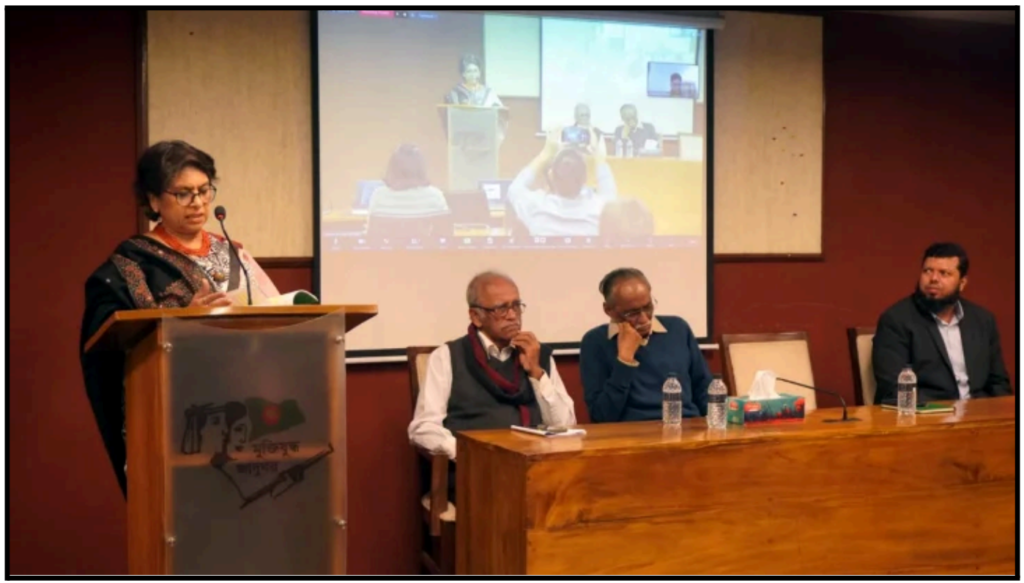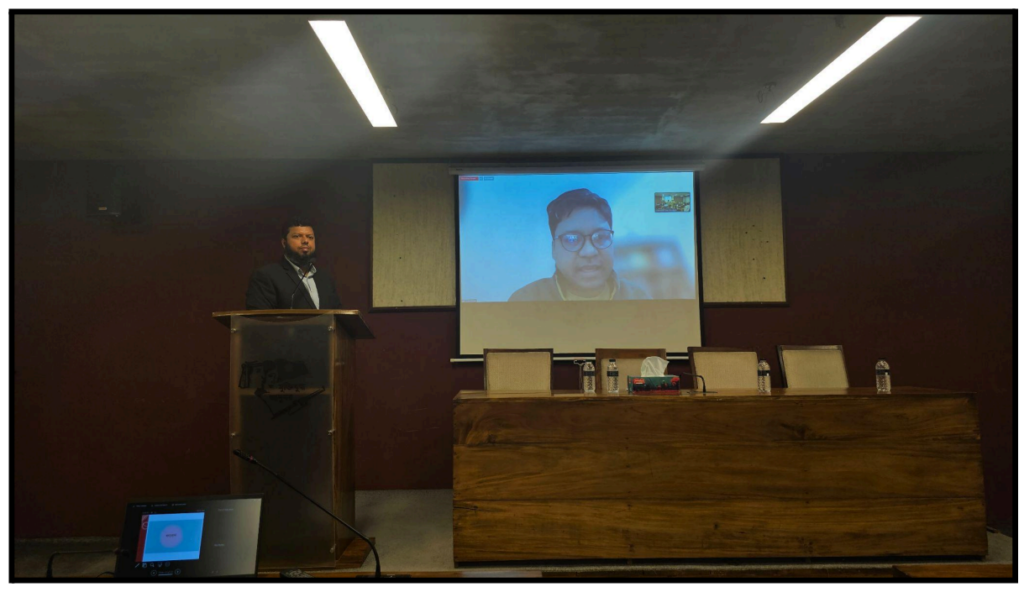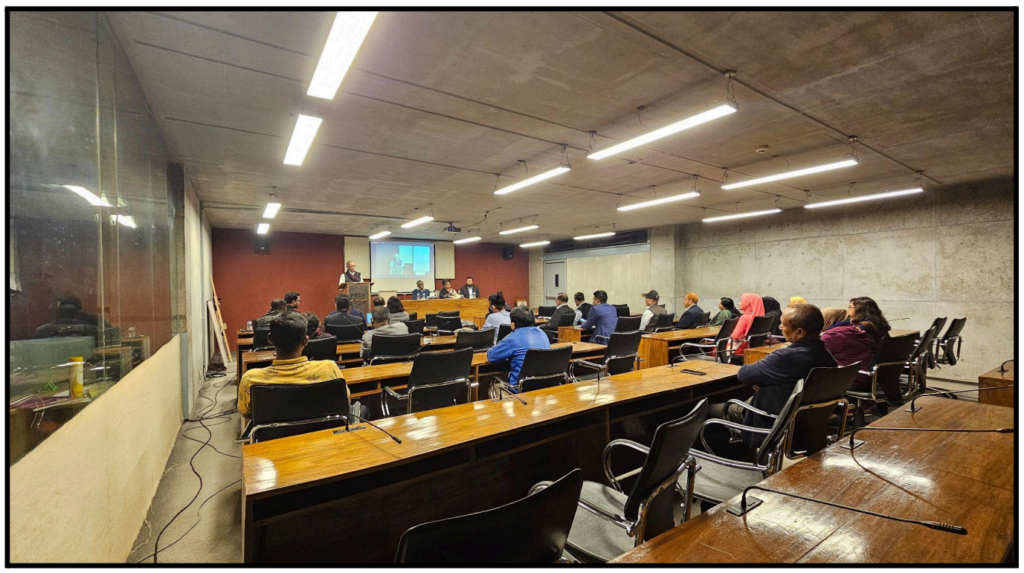Enhancing Dhaka Metro Rail Usability: A Human-Computer Interaction Approach
This content is presented for educational purposes only, and we do not assume responsibility for its application or use.
In the contemporary urban landscape, the significance of efficient and seamlessly integrated metro rail systems cannot be overstated. As urbanization accelerates, metropolitan areas face escalating challenges in managing transportation networks effectively. Recognizing the pivotal role that metro rail plays in mitigating traffic congestion, reducing environmental impact, and providing swift, reliable commuting options, there is a growing impetus to enhance the usability of these systems. The factors for constructing metro rail in Dhaka city were studied by Md. Saniul Alam (2010).
Amidst this context, the development and implementation of user-friendly applications emerge as pivotal components in optimizing the metro rail experience. The proliferation of smartphones and the digital era offer unprecedented opportunities to leverage technology for the betterment of public transportation. This research endeavors to delve into the intricacies of the Dhaka metro rail system, shedding light on current usability challenges and proposing a cutting-edge mobile application to address these concerns.
The primary objective of this study is to accentuate the user experience within the Dhaka metro rail ecosystem. By employing fundamental principles of human-computer interaction (HCI), the research aims to craft a user-centric solution that not only streamlines daily commutes but also fosters a sense of convenience, accessibility, and efficiency for a diverse array of users. From regular commuters navigating the city’s bustling streets to tourists seeking efficient transportation options, and from business travelers requiring seamless journeys to elderly and disabled individuals in need of accessible features—the proposed application aspires to cater to the varied needs of Dhaka’s metro rail user base.
Emphasizing the centrality of user experience in the realm of metro rail operations, this introduction lays the groundwork for an in-depth exploration into the challenges faced by commuters and the potential for transformative improvements through the integration of innovative HCI principles. As urban transportation becomes increasingly intertwined with digital solutions, this research strives to contribute valuable insights and propose pragmatic solutions to elevate the Dhaka metro rail system into a model of efficiency, accessibility, and user satisfaction.
Read the paper here.



